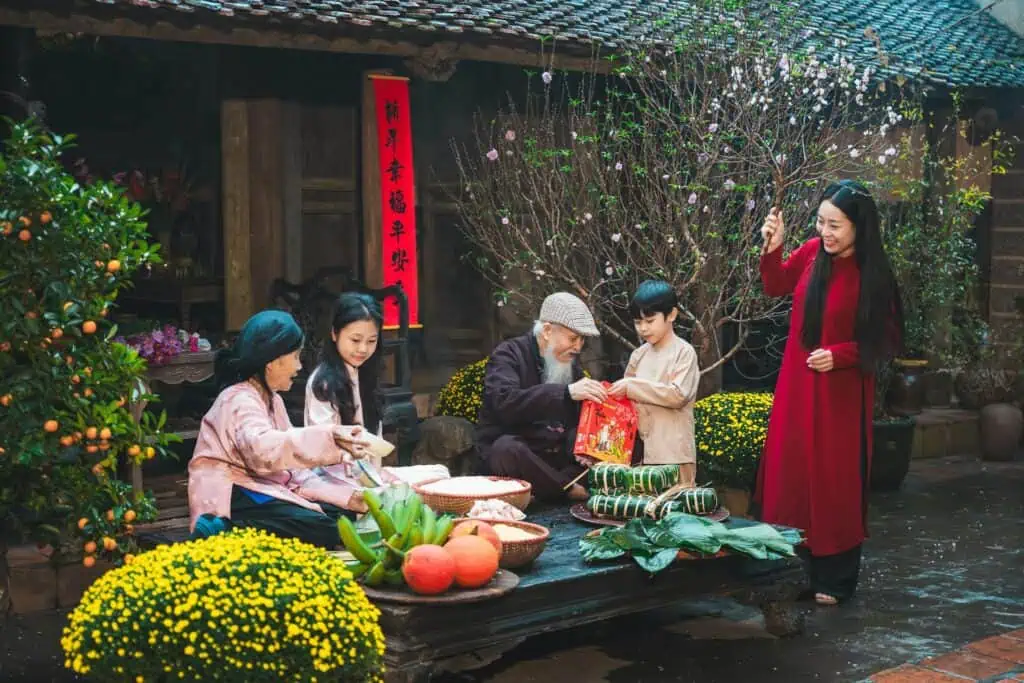Asia, the largest & most diverse continent on Earth, is home to a plethora of cultures & traditions. Among these, festivals stand out as vibrant expressions of community, spirituality, & heritage. From the bustling streets of India to the serene temples of Japan, Asia offers a festival experience like no other. Here are some unique festivals that you can only find in this extraordinary part of the world.
Holi – The Festival of Colors (India)
Holi, one of India’s most renowned festivals, is a celebration of color, love, & the arrival of spring. Participants gather to throw colored powders at each other, creating a vivid & joyful spectacle. Originating from Hindu mythology, Holi commemorates the victory of good over evil & the playful antics of Lord Krishna. The festival is marked by singing, dancing, & feasting, making it a vibrant & unforgettable experience.
Songkran – The Water Festival (Thailand)
Songkran, the Thai New Year, is celebrated with a massive water fight that engulfs the entire nation. Held in mid-April, this festival symbolizes the cleansing of the past year’s misfortunes & welcoming new beginnings. People take to the streets armed with water guns, buckets, & hoses, drenching everyone in sight. Additionally, Songkran includes merit-making ceremonies, family gatherings, & the gentle pouring of water over Buddha statues.
Harbin International Ice & Snow Sculpture Festival (China)
Held in Harbin, China, this festival transforms the city into a winter wonderland of ice & snow sculptures. Artists from around the world create intricate & colossal sculptures, ranging from mythical creatures to famous landmarks. The festival also features ice skating, ice swimming, & dazzling light displays. Harbin’s subarctic climate ensures that the sculptures remain intact, providing a surreal & magical experience.
Obon – Festival of the Dead (Japan)
Obon, a Japanese Buddhist festival, honors the spirits of deceased ancestors. Typically held in August, Obon involves various customs such as Bon Odori (folk dance), floating lanterns, & visiting ancestral graves. Families gather to clean & decorate the graves, while the lanterns guide the spirits back to the world of the living. The festival culminates in a vibrant dance, symbolizing the joyous reunion of the living & the dead.
Thaipusam (Malaysia & Singapore)
Thaipusam, celebrated primarily by the Tamil Hindu community, is a festival dedicated to Lord Murugan. Devotees undertake various forms of penance & acts of devotion, including carrying kavadi (burdens) & piercing their bodies with hooks & skewers. The festival is a testament to faith, endurance, & spirituality. The main procession takes place at the Batu Caves in Malaysia, where thousands of pilgrims make their way up the 272 steps to the temple.
Naadam Festival (Mongolia)
Naadam, often referred to as the “Three Manly Games,” is Mongolia’s most significant & ancient festival. Held in July, Naadam features competitions in wrestling, horse racing, & archery, showcasing the traditional skills of Mongolian warriors. The festival is a vibrant display of national pride, with participants donning traditional attire & engaging in various cultural performances. Naadam is not only a sporting event but also a celebration of Mongolia’s rich heritage.
Boryeong Mud Festival (South Korea)
What began as a marketing campaign for cosmetics has now become one of South Korea’s most popular festivals. The Boryeong Mud Festival, held in July, attracts locals & tourists alike to the mudflats of Boryeong. Participants revel in mud wrestling, mud sliding, & various other mud-related activities. The festival also features live music, parades, & fireworks, making it a fun-filled & energetic event.
Yi Peng Lantern Festival (Thailand)
Yi Peng, celebrated in northern Thailand, particularly in Chiang Mai, is a mesmerizing festival of lights. Participants release thousands of paper lanterns into the night sky, creating a breathtaking visual spectacle. The lanterns are believed to carry away misfortune & bring good luck. The festival coincides with the Loy Krathong festival, where floating lanterns are set adrift on water bodies, adding to the magical ambiance.
Tet Nguyen Dan – Lunar New Year (Vietnam)
Tet, the Vietnamese Lunar New Year, is the most important festival in Vietnam. It marks the arrival of spring & is a time for family reunions, ancestor worship, & various cultural traditions. Preparations for Tet include cleaning homes, cooking special dishes, & decorating with peach blossoms & kumquat trees. Fireworks, thuê múa lân, & traditional games are part of the festive celebrations, symbolizing prosperity & happiness for the coming year.
Nowruz – Persian New Year (Central Asia)
Nowruz, the Persian New Year, is celebrated across various Central Asian countries, including Iran, Afghanistan, & parts of the Caucasus. This ancient festival marks the arrival of spring & the beginning of a new year in the Persian calendar. Nowruz traditions include house cleaning, setting a Haft-Seen table (an arrangement of seven symbolic items), & visiting friends & family. The festival emphasizes themes of renewal, rebirth, & the triumph of light over darkness.
These festivals, deeply rooted in cultural heritage & tradition, offer a glimpse into the diverse & vibrant tapestry of Asia. Each celebration is a unique expression of the values, beliefs, & history of the region, making them truly one-of-a-kind experiences that are cherished by both locals & visitors alike.
Source: PR News Releaser

